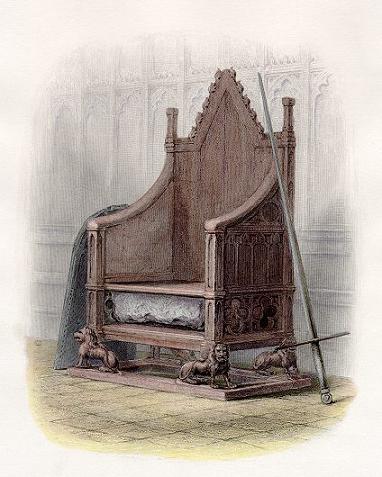
LIFE AS MYTH
![]()
JOURNAL
![]()
JOURNAL 2013
A living myth
Seven year cycles
![]()
SUMMER 2013
Love as myth
![]()
LIFEWORKS
![]()
ATLAS
![]()

SUMMER 2013
A STONE OF DESTINY

According to legend, Liath Fail, meaning stone of destiny, is the sacred stone on which Jacob rested his head [Genesis 28:10-18]. At some point after Jacob anointed it, the stone was moved to the Temple of Jerusalem. In 602 BC, traditional myth holds that the prophet Jeremiah removed the Stone to prevent its loss to King Nebuchadnezzar. The guardians of the Stone moved it from Egypt to Sicily and then to Spain before finally bringing it to Ireland. Irish myth credits the godlike people, the Tuatha De Danaan, with the securing of the stone during this time. Ancient Celts believed the stone had magical powers. If the rightful king put his feet on it, the stone would sing with joy. The stone also had the power to heal the king and to grant him a long reign.
Historians debate the legitimacy of the stone atop the Hill of Tara. Ireland and Scotland both claim to have stewardship of the authentic one. One version of history says the stone was removed from Tara by King Fergus of Scotland and renamed the Stone of Scone. The authority of the Stone of Scone was so great that whosoever was crowned while seated atop it became the legitimate ruler of Scotland. The Stone of Scone still continues to be used during British coronations.
Coronation chair of Westminster Abbey. Anonymous Engraver. Published in A History of England. 1855.
